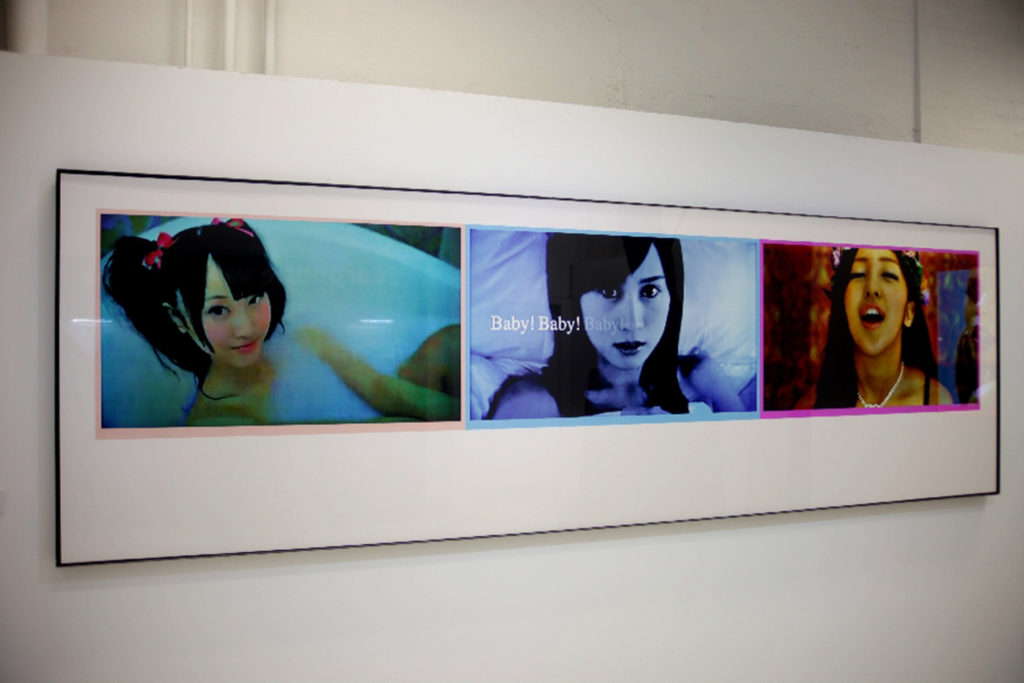
“Civilised life, you know, is based on a huge number of illusions in which we all collaborate willingly. The trouble is we forget after a while that they are illusions and we are deeply shocked when reality is torn down around us.” ― J.G. Ballard
Even Better than the Real Thing – a short story
He’s here.
What? How do you know? Have you, like, seen him?
Don’t be stupid – this is serious. No, of course not. How could I? It’s not like we’re, like, the C I A.
So…..?
I don’t know. I’m not sure. How could I be? But I can feel him there. I think he knows.
Maybe. But he won’t remember.
He doesn’t need to remember. We’re here. He knows where to find us.
No. He thinks he does. But he still thinks that this is real. That we are real. That what can be seen here – is here…
z



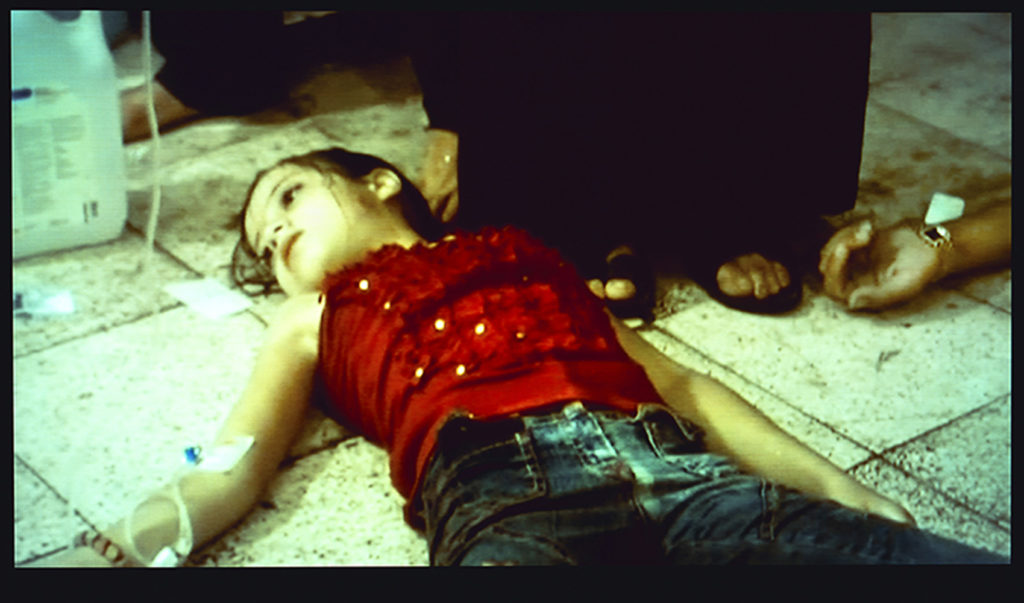

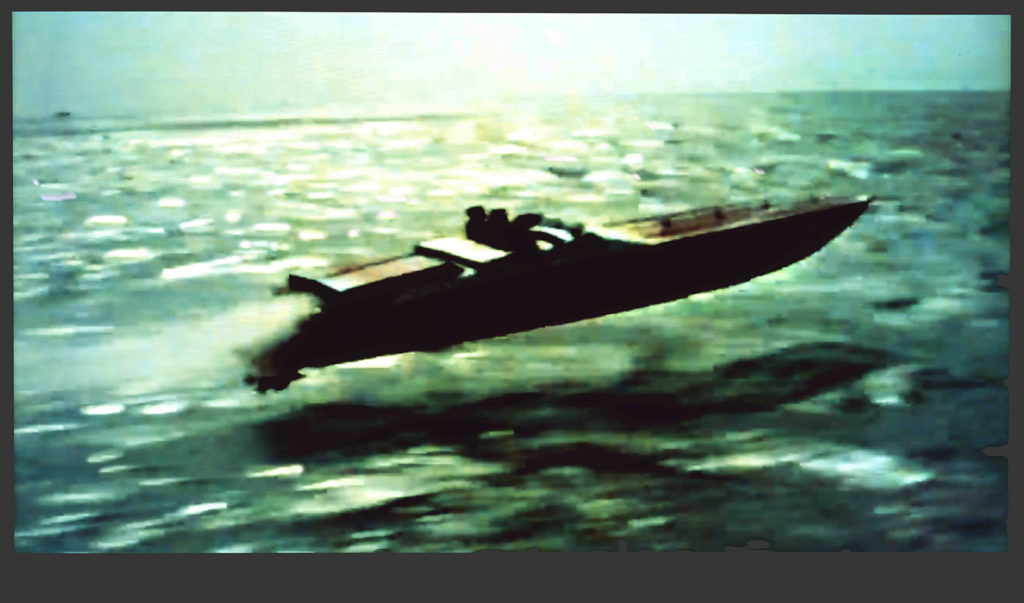


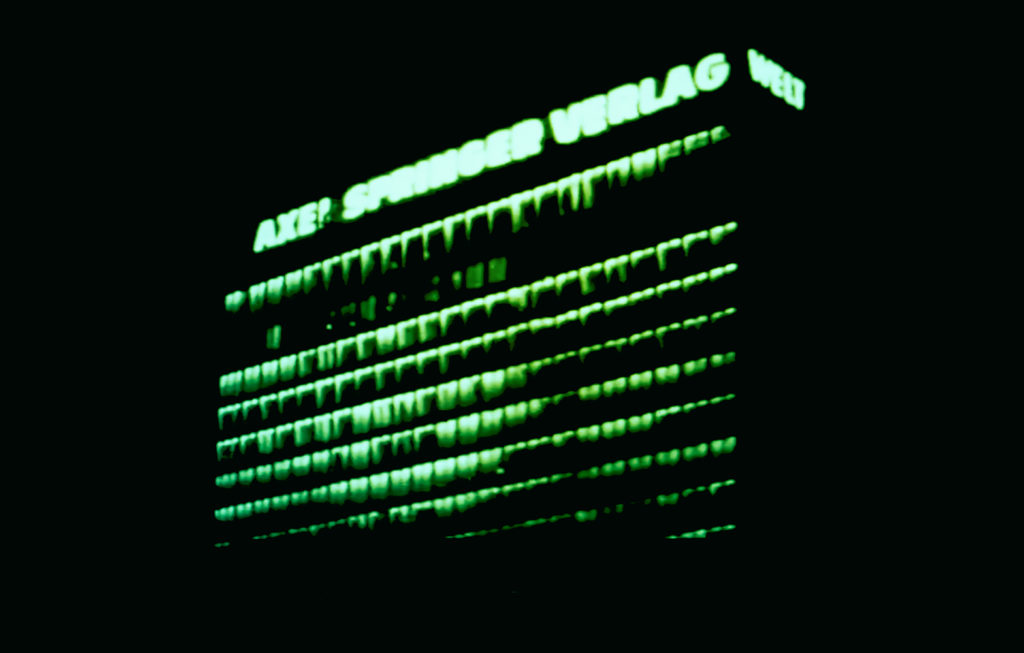


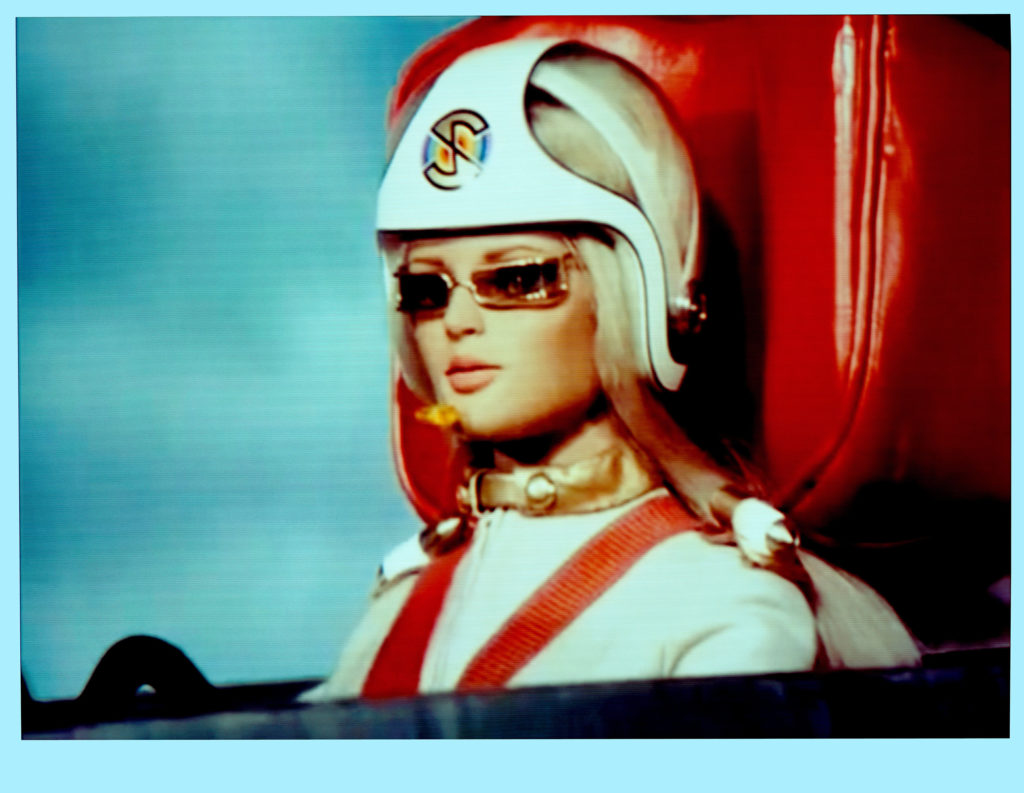




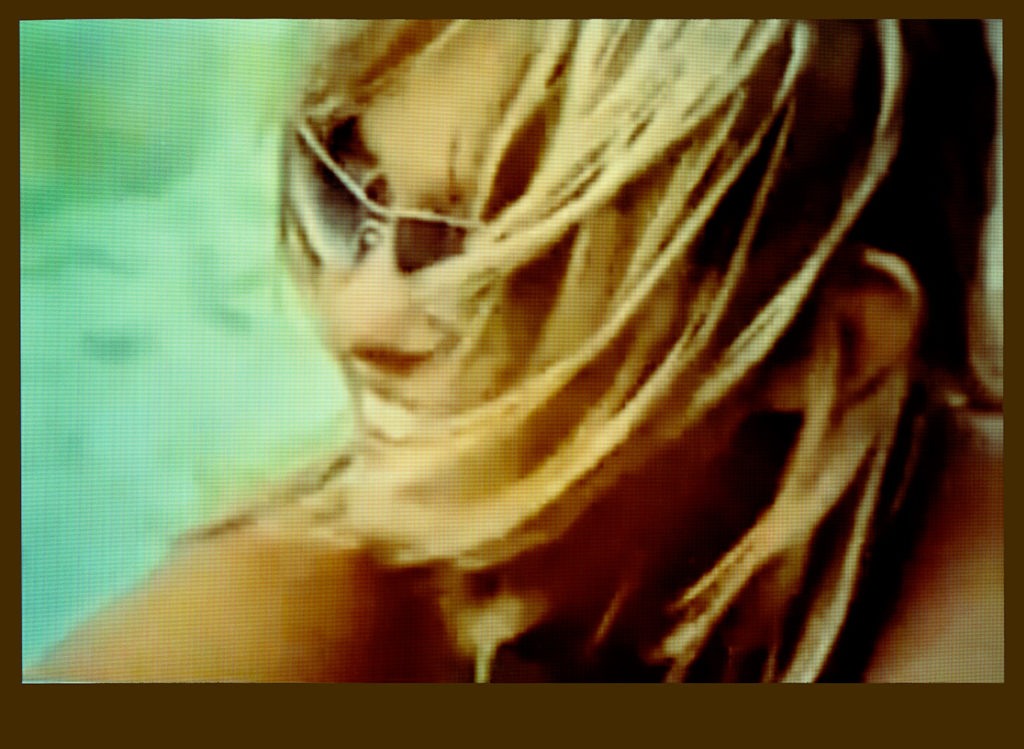

z
From ‘Sylvie and Bruno Concluded’
by Lewis Carroll, first published in 1893
“That’s another thing we’ve learned from your Nation,” said Mein Herr, “map-making. But we’ve carried it much further than you. What do you consider the largest map that would be really useful?”
“About six inches to the mile.”
“”Only six inches!”exclaimed Mein Herr. “We very soon got to six yards to the mile. Then we tried a hundred yards to the mile. And then came the grandest idea of all! We actually made a map of the country, on the scale of a mile to the mile!”
“Have you used it much?” I enquired.
“It has never been spread out, yet,” said Mein Herr: “the farmers objected: they said it would cover the whole country, and shut out the sunlight! So we now use the country itself, as its own map, and I assure you it does nearly as well.
On Exactitude in Science
by Jorge Luis Borges, Collected Fictions, translated by Andrew Hurley.
March 1946 edition – Los Anales de Buenos Aires, año 1, no. 3
…In that Empire, the Art of Cartography attained such Perfection that the map of a single Province occupied the entirety of a City, and the map of the Empire, the entirety of a Province. In time, those Unconscionable Maps no longer satisfied, and the Cartographers Guilds struck a Map of the Empire whose size was that of the Empire, and which coincided point for point with it. The following Generations, who were not so fond of the Study of Cartography as their Forebears had been, saw that that vast Map was Useless, and not without some Pitilessness was it, that they delivered it up to the Inclemencies of Sun and Winters. In the Deserts of the West, still today, there are Tattered Ruins of that Map, inhabited by Animals and Beggars; in all the Land there is no other Relic of the Disciplines of Geography.
—Suarez Miranda,Viajes de varones prudentes, Libro IV,Cap. XLV, Lerida, 1658
Editing and the evolution of Liquid Authenticity.
by Chris Daly
“When we change the way we communicate, we change society.”
Clay Shirky, 2008.
Visual expression has become polarised into wildly contradictory memes. Because visual expression is ‘self similar’, and like any other communicable characteristic of our time it has exponentially splintered into billions of alternative realities. Each is true in its own context, and “the whole has the same shape as one or more of [these] parts”. And if everyone has their own ‘truth’, their own ‘currency’ of perception and expression, then authenticity or authority become functions of crowd dynamics – commodities with no fixed universal definition or value, but instead, a mercurial metaphorical ‘price’ according to the flow of information and its influence in the loop.
It’s just a question of which currency is strongest at any one time?
At one end of the spectrum there is: ‘Networked Fungible Identity’ i.e. the Selfie. An endless stream of mutually interchangeable ‘me’. An excess of exoteric identity. All of us – instant satellite celebrities – somehow living in the same place, where concentration and distraction have become the same thing. And where the expectations of the viewer and the ambiguity of the photographed collide – mediated by a holy trifecta of telephony, the Internet and the screen – hypnotically glowing like an incessant sunset. A ‘seashell kaleidascope’ if you will, showing infinite pictures enough for a Borges like exactitude: a map of humanity so complete, but temporal – it feels like it’s all made up. A Fake Phoney Reality.
But authenticity, previously ontologically excommunicated is to be found. Albeit in absentia, but alive and kicking, and shapeshifting into every day normalcy, banality or holiday snaps, trillions of times. By the taking of photographs. Especially by being in the photographs that you take.
The quantity [of imagery] has become a metric that cannot be ignored. The philosophical equation that once weighed the difference between presence and representation has evolved – into something that feels intuitively unbalanced, with an unimaginable scale & mass on one side. But which side?
“There’s no point in making any more images”, says artist and writer Victor Burgin. “There are already enough photographs in the world… What we need to do is re-read the images we already have.” But to what end? “ We live in a world where there is more and more information, and less and less meaning.” (Baudrillard.) Repetition and comparison have replaced tone or saturation. Social editing has replaced photographic editing, abstracting the purpose of the original photograph into something different: dislocated, but controlled. Identikit compositions show what we want to see, to know. Cautious uncertainty, nascent unease about our judgmental gaze is ok, innocence is a standard operational defence. So we displace the exponential reality that a composite of image, social aesthetic and memory create; and store it elsewhere – relinquishing our memory and its memories to a nondescript server warehouse somewhere, anywhere. There’s ‘No neo, no post’ – just ‘free!’ upgrades and representation represented as the real thing. In fact, as being even better than the real thing.
And at the other end of the proposed scale of polarised visual expression, quite some distance removed, there is contemporary ‘Fine’ Art – esoteric, aloof, anti aesthetic & save for the diehards, all in the mind. But, never the less, reassuring in its incremental sameness. “Everything changes except the avant garde,” said Paul Valéry.
So visual authority feels old. But that’s normal – right? Because we are more likely to trust in something that resists time and becomes ‘part of the furniture’. Contemporary works are difficult to measure because they are to close to us. But I know this. And about Kodachrome and the enormity of the machine.
We Are Consumed.
By a sequencing and accumulation of events, not the events themselves. We have lost control. Plus ca change.
Empathy is derived from editing.